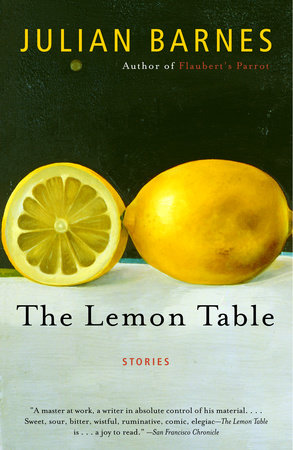
Wells’s SF, and 2/ with a depth probe of his general model for SF, adopted in most of it after him.

This essay was delivered as a keynote to the French Society for Victorian and Edwardian Studies in Nantes in February 2017.Īfter a brief Introduction, two essays deal: 1/ with an overview of H.G. Exposing the freighted colonial subtext of natural theology, Wells anatomizes the modern worship of machinery, comparing the metropolitan British viewers of engines to naïve primitives in their own right. Yet, while The Time Machine offers us fantastical devices that we must take on faith, 'The Lord' reads theistic humanism unsparingly against itself, through acoustic bonds that join people and things within an industrial power station. Seeking, above all, to feel the machine, these two works portray communities of intense spiritual affect, supported through sound, sight, and touch. Wells ironizes and aestheticizes these mechanical models of belief, both in his eponymous 'time machine' (1894-95) and in 'The Lord of the Dynamos' (1894), which restages Paley's analogy with a 'savage' worshipping the industrial engine. Although Paley's star faded in the later nineteenth century, his discourse persists in alternate, technophilic forms-in what Wells calls the technological 'patter' of his own science fiction. In Natural Theology (1802), an influential text in this spiritual tradition, William Paley envisions a natural world of analogical clocks, which persuade and appeal to viewers through an immersive encounter with material artistry and skill. This essay explores the vestigial influence of natural theology, and its discourse of divine design, on H. Whether in the fantastical physical form of The Wonderful Visit’s angel inhabiting Sussex, or the Invisible Man’s useless devices and abjectly transparent body, both novels show how science fiction is premised on a technical structure of persuasion rooted in the anxious perception of functional material detail and complexity. Instead of resolving such speculative possibilities, these works deploy a battery of technical special effects, drawn from experimental scientific method and the theological argument from design.



Filled with miscues and anticlimaxes, The Invisible Man and The Wonderful Visit frustrate efforts at spiritual and empirical persuasion, through the failed reception and broken media forms of deflated romance. This essay, however, explores an alternate path in Wells’s fiction, where successful experiments and astonishing miracles do not inspire wonder or belief, but rather repulsion, contempt, and disgust. Wells’s scientific romances often invite us to take their “impossible hypotheses” on faith.


 0 kommentar(er)
0 kommentar(er)
